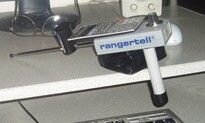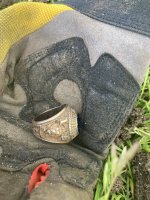aarthrj3811
Gold Member
- Thread starter
- #161
So you are telling us that electricity will not pass through a thin piece of plastic to a brass rod and that you have no idea of how the device works.
~SWR~
~SWR~
So now it is also not a Dowsing deviceAgain... there is NO human iteration going on here. Just another unprovable fraudulent claim







